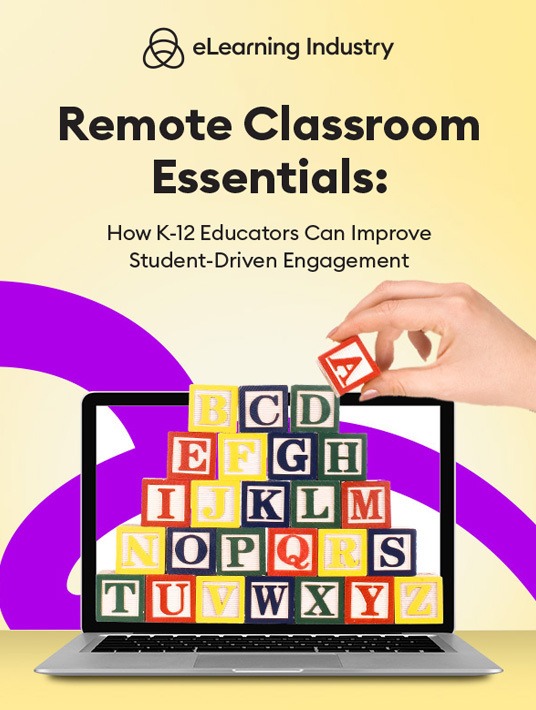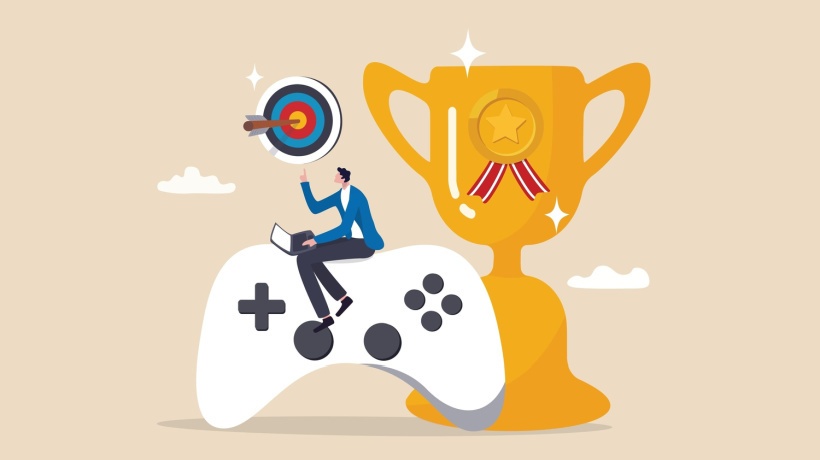4 Easy Steps To Introduce Gamification To Your Remote Classroom
Gamification and learner engagement are two terms that go hand in hand. For quite a few years now, K-12 educators have discovered the many benefits that come with enriching learning with gamification elements. To name a few of those benefits, gamification makes students more focused while helping them hone their critical thinking and problem-solving skills in an entertaining way. In addition, it promotes information retention through experiential and active learning. Considering all that, it only makes sense that you would want to introduce gamification to your remote classroom. In this article, we share 4 essential steps that will help you form a successful gamification strategy and a few gamification examples you can try out.

How To Plan A Successful Gamification Strategy
1. Know Your Audience
For your gamification strategy to be successful, you need to take into consideration the specific needs of your students. So, before getting started, take some time to define their learning preferences, interests, and personal goals. Knowing these things will help you pick out the right gamification techniques, which will motivate them and help them learn more effectively. For example, during this stage, you might discover that your students enjoy a particular video game and use some elements from it to attract their attention.
2. Map Out Your Adventure
Once you have all this information, it's time to start forming your gamification plan. Using what you have learned in the previous step, choose a fitting theme that will spark enthusiasm in your remote classroom. That could be anything, from dinosaurs to a video game or a movie your students are interested in. Then plan the story that will take your students from task to task until they achieve the final learning goal. It's helpful to visualize the various stages of your adventure on a storyboard so that you can ensure the correct order and flow of tasks, achievements, and rewards.
3. Choose Game Mechanics
There are many ways to bring your adventure to life and immerse your remote classroom in the world of gamification. Our advice is to keep it simple at first, using only simple gamification elements such as points and badges until students get the hang of it. As the story progresses, you can add more elements, such as complex games, competitions, or more involved story lines. In any case, remember that the game mechanics you use must match the interests and abilities of your students.
4. Collect And Provide Feedback
Keep in mind that your students must always be able to express their opinions regarding the gamification of the learning process. Hand out surveys or simply discuss with them to gauge if the theme, activities, or rewards are to their liking. This way, you can make necessary adjustments that will result in even greater learner engagement. At the same time, you must be consistent in your feedback in the form of tips, recommendations, or rewards so that learners are always aware of their progress.
Ideas To Introduce Gamification To Your Classroom
There are various ways to introduce gamification to your students. All of the examples we present below can be modified to be simple or complex depending on factors such as tech-savviness, equipment availability, or the age of students. We hope you can use these ideas as an inspiration to create your own gamified lesson that will suit the needs and interests of your students.
- Leveling up requires students to complete tasks of increasing complexity so that they can proceed to the next level.
- Leaderboards introduce a sense of friendly competition among students. By comparing their points and achievements, they are motivated to work harder to earn a higher spot.
- Collectibles can be experience points or badges that learners accumulate to prove their progress. They can be acquired by completing a predetermined number of tasks.
- Competitions, whether short- or long-term, can motivate students to complete as many tasks as possible and learn effortlessly. Use them to reinforce positive behaviors or acquire certain skills throughout the duration of the school term.
- Games are the ultimate form of gamification and the best way to engage a class. Translate a learning goal into a game and watch your students progress while having fun.
Conclusion
Gamification is the ultimate tool to promote learner engagement in your remote classroom. As long as you know how to create an effective gamification strategy and use the right techniques, motivation and meaningful development are guaranteed. Hopefully, this article has helped you take the next step in creating an engaging educational experience for your students









